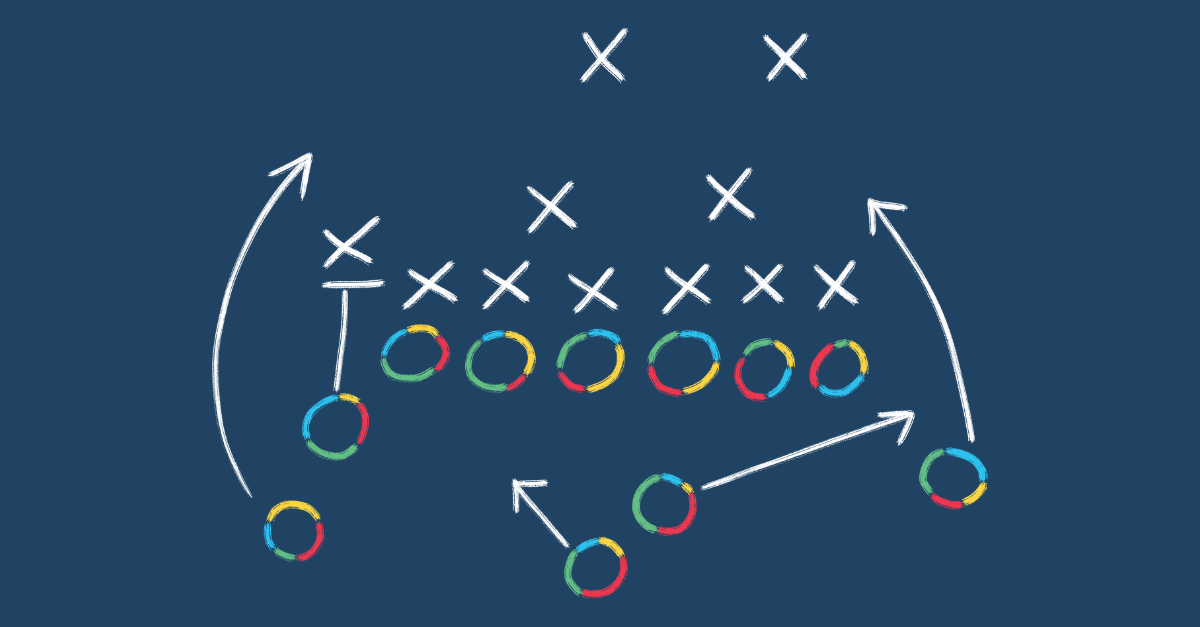Trying to navigate a thorny issue? Need an innovative solution? Looking for a way to help your team dig deeper and really flex their thinking muscles?
Bring in diversity—of all kinds.
Our research, and the experience of companies like Harrahs Entertainment and Brown- Forman, has shown what a difference difference makes on a team, whether you’re trying to solve a complex problem or come up with more creative ideas. A recent Scientific-American article echoes this point with the particularly eye-catching title, “How Diversity Makes Us Smarter.”
The article points out that not only do people with different backgrounds, experiences and perspectives benefit from the diverse information they bring to the group, the diversity itself provokes different thinking, “jolting us into cognitive action in ways that homogeneity simply does not.”
So difference in a group can lead to better problem solving and decision making as well as more innovative ideas—but it’s not just as simple as putting diverse people on a team and seeing what comes out of it.
From a thinking preference standpoint, we know that when a team has representation from across the thinking spectrum, each person will approach problems quite differently. This is a huge benefit to the team, but only if the team recognizes each others’ preferences and how they each add value.
Honoring different thinking approaches will allow every member to share their thinking and ideas openly. Once that openness occurs, the team’s creativity begins to emerge as they’re motivated to take advantage of the different thinking styles rather than viewing them as obstacles. And as a foundation for a discussion about diversity, thinking gives people a non-judgmental starting point. It’s not about behaviors, personalities or other attributes; this is just how someone prefers to process information.
Here’s what we’ve learned about setting up a diverse team for success:
- The more heterogeneous (mentally diverse) a group is, the more they need a multi-dominant facilitator/leader. Agile team leaders are critical for managing and leveraging difference on the team.
- Heterogeneous groups can be extremely creative and successful OR they can “crash,” unless they take the steps and time necessary to find synergy.
- Stereotyping of others is a major impediment to team development (he's a "this" or she's a "that").
- Because cultural differences can make working as a team even more challenging, more process time and consistent communication are even more important.
- Virtual teams need a common language even more than co-located teams to increase the speed of relationship building and decrease miscommunication.
Remember: Successful teams practice “creative contention.” Any team that does not disagree is not doing effective work or leveraging their differences. The art is in knowing how to do it productively.
Are you bringing together diverse thinking to get more innovative? How do you encourage and manage creative contention?






.png)



